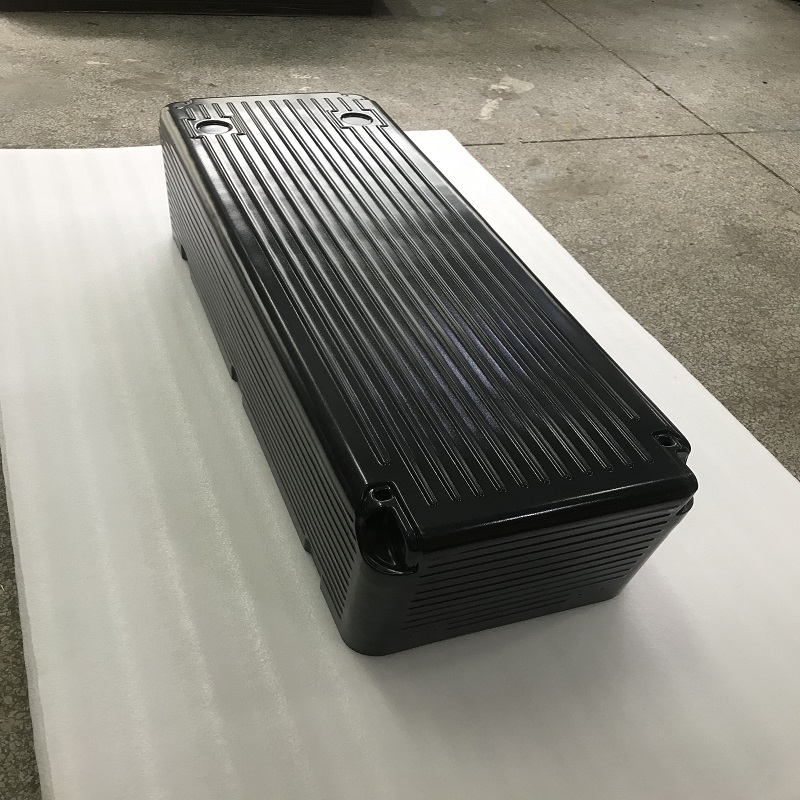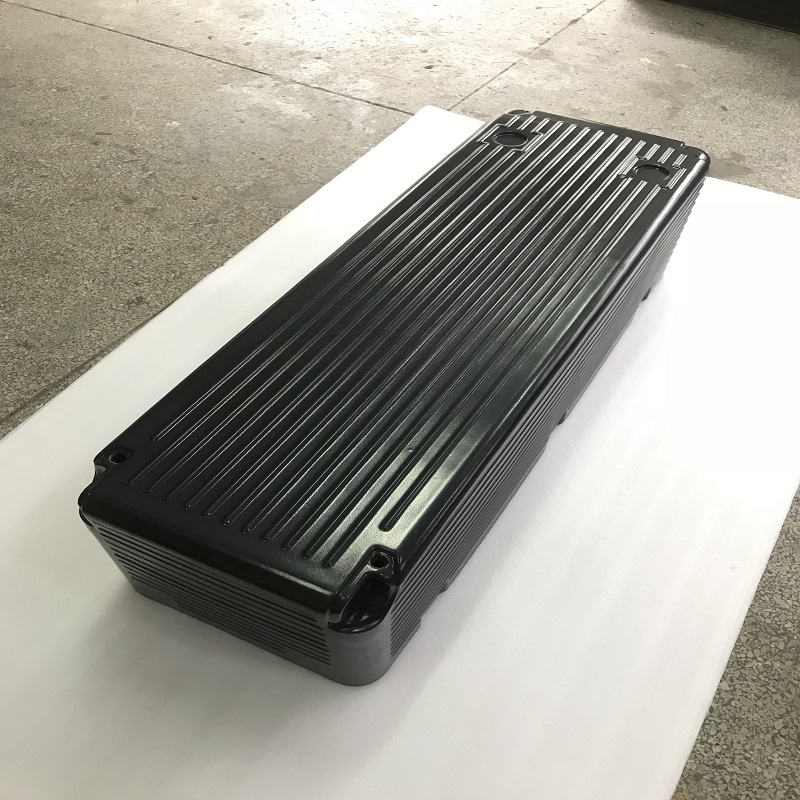
 Outdoor equipment typically utilizes composite materials such as ABS, PC, acrylic (PMMA), and PETG, replacing traditional metal casings. Outdoor equipment housings generally require properties like UV resistance, flame retardancy, weather resistance, low-temperature resistance, electrical insulation, and anti-aging. These properties ensure that the equipment is less likely to catch fire in the event of a sudden blaze, minimizing or reducing accident-related harm; they enable the equipment to withstand extreme weather conditions while maintaining material performance at low temperatures; and they ensure stable quality and resistance to aging even after prolonged exposure to various natural elements.
Shenzhen Meijia Vacuum Forming Products Co., Ltd. specializes in manufacturing: Electric vehicle charging pile housings, Car charging pile housings, New energy vehicle charging pile housings, Charging pile plastic casings, Charging pile cabinet enclosures, Robot casings, New energy vehicle power battery plastic housings, Medical vacuum-formed enclosures, Vacuum-formed folding crates, Large-scale machinery equipment housings and so on.We are a modern manufacturing enterprise integrating R&D, design, production, sales, and service, specializing in the production of various large plastic housings and reusable packaging products.
Outdoor equipment typically utilizes composite materials such as ABS, PC, acrylic (PMMA), and PETG, replacing traditional metal casings. Outdoor equipment housings generally require properties like UV resistance, flame retardancy, weather resistance, low-temperature resistance, electrical insulation, and anti-aging. These properties ensure that the equipment is less likely to catch fire in the event of a sudden blaze, minimizing or reducing accident-related harm; they enable the equipment to withstand extreme weather conditions while maintaining material performance at low temperatures; and they ensure stable quality and resistance to aging even after prolonged exposure to various natural elements.
Shenzhen Meijia Vacuum Forming Products Co., Ltd. specializes in manufacturing: Electric vehicle charging pile housings, Car charging pile housings, New energy vehicle charging pile housings, Charging pile plastic casings, Charging pile cabinet enclosures, Robot casings, New energy vehicle power battery plastic housings, Medical vacuum-formed enclosures, Vacuum-formed folding crates, Large-scale machinery equipment housings and so on.We are a modern manufacturing enterprise integrating R&D, design, production, sales, and service, specializing in the production of various large plastic housings and reusable packaging products.
Key Areas in Refrigerator Inner Liner Vacuum Forming Mold Design: Cavity area, vacuum suction area, core-pulling area, and heating/cooling areas.
Primary Considerations for Refrigerator Inner Liner Vacuum Forming:Width-to-depth ratio & draw ratio, sheet thickness, corner radius, pre-stretch bubble time, forming method, forming speed.
I. Principles for Selecting Sheet and Mold Heating Temperatures:
When sheet thicknessis less than 2mm, use single-side heating with the heater placed below the sheet.When greater than 2mm, use double-side simultaneous heating.For double-side heating, the temperature of the lower heater should be lower than that of the upper heater, and its power should be 0.5 to 0.8 times that of the upper heater.The heating distance is typically 80-120mm.
II. Pre-Stretch Bubble Time in the Vacuum Forming Process:
The duration of the pre-stretch bubble time is critical for forming.Insufficient bubble time leads to localized thinning and uneven wall thickness in the part.Excessive bubble time results in localized wrinkles and folds.Select appropriate bubble time parameters based on the specific part design structure, considering the width-to-depth ratio and draw ratio.
III. Corner Radius Design for Refrigerator Inner Liners:
Sharp corners are not allowed in the design of vacuum-formed refrigerator inner liners.The corner radius (R) should be made as large as possible, and must be at least 5 to 10 times the sheet thickness.Otherwise, the part is highly susceptible to thinning and stress concentration at the corners.
IV. Width-to-Depth Ratio and Draw Ratio:
The Width-to-Depth Ratio of a vacuum-formed refrigerator inner liner refers to the ratio of the part's minimum effective width to its height.It is a common parameter for gauging the forming difficulty of the inner liner.A larger width-to-depth ratio indicates easier forming; a smaller ratio indicates greater difficulty.The Draw Ratio of an inner liner part refers to the ratio of the part's surface area after stretching to the effective area of the sheet before stretching.It measures the actual degree of deformation during the part stretching process.A larger draw ratio indicates greater deformation and more difficult forming; a smaller ratio indicates easier forming.The draw ratio is generally between 0.5 and 0.85.Calculating Original Sheet Thickness: Once the draw ratio and the part's average wall thickness are determined, calculate the original sheet thickness using:Sheet Thickness = Draw Ratio × Average Wall Thickness







 粵公網(wǎng)安備 44030702000799號(hào)
粵公網(wǎng)安備 44030702000799號(hào)

